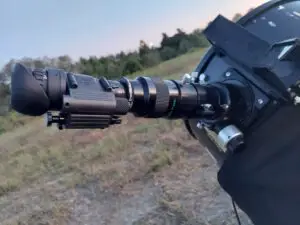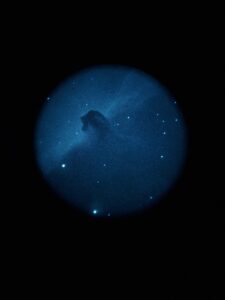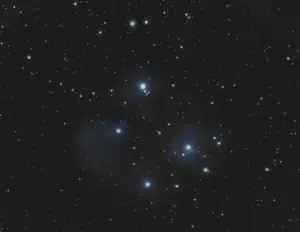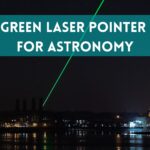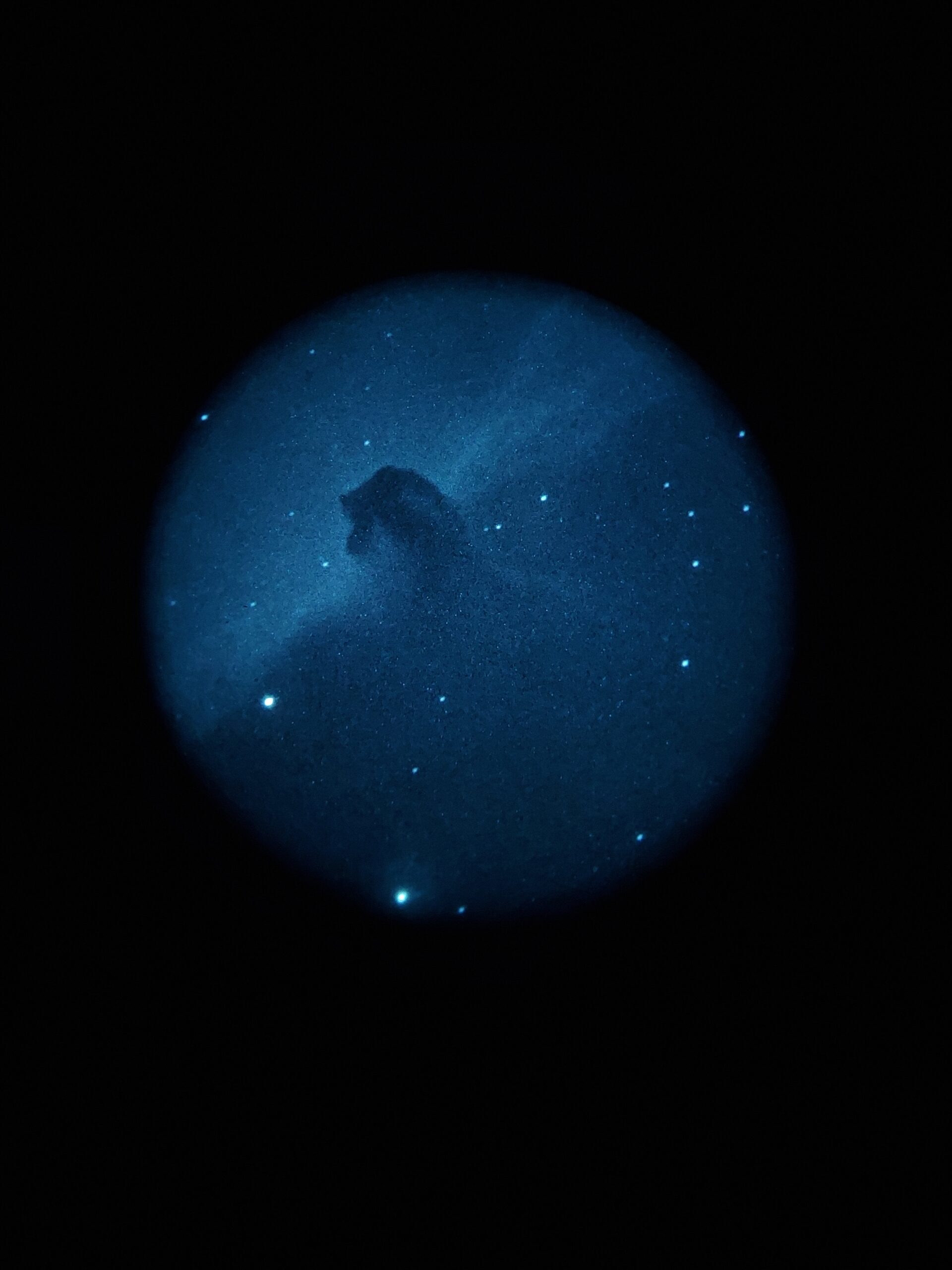Arizona is home to many remote dark sky areas. The sites in this article are recommended by astronomers who use them. These insider spots are a great place to stargaze or set up a telescope for a night of observing.
Choose a location on Bureau of Land Management land to enjoy the free boondock camping and clear skies or choose a more developed site where you can find a bathroom and flat parking.
Those of us visiting from the east coast will be surprised to find the lower humidity and lower cloud cover offered by the Arizona climate.
Local light pollution can be a problem when you are driving out to a new area. RV parks and campgrounds may not be using dark sky best practices.
Fountain Hills
The International Dark Sky Association designated Fountain Hills as a Dark Sky Community in 2019.
Dark Sky Communities are towns that have demonstrated significant community support for keeping their skies dark. They often enact community regulations about outdoor lighting.
This is on the list, because it is a good place for astronomers to live in the Phoenix area.
The skies are not the darkest, but it is a quick drive to the city. Observing to the East means that the city lights are behind you and you can find some beautiful views in the often cloudless skies of the southwest.
Antennas Site
If you want to observe like a local, head out to the “antennas site.” This site is a favorite for several local clubs including the Saguaro Astronomy Club that has a great map to the site and includes some other areas you may want to check out.
This area is a bortle 2 and a bit less than 2 hours from Phoenix.
To find this spot just take I-10 out to Hovatter Road past 3 cell towers to a clearing that is popular with clubs and other hobbyists.
The site sits on Bureau of Land Management (BLM) land which allows for free camping. This makes it a popular site for camping out around the new moon.
Be sure to dress for the weather and have reliable communication when visiting this spot, it is remote and there are no amenities like bathrooms or parking lots.
This is a popular spot because no clubs in the area have developed sites yet. Check out the amenities at the Edmund G. Kline site in Colorado. This club has developed their site with a warming shed, red lit kitchen area and concrete north-south oriented spots for setting up.
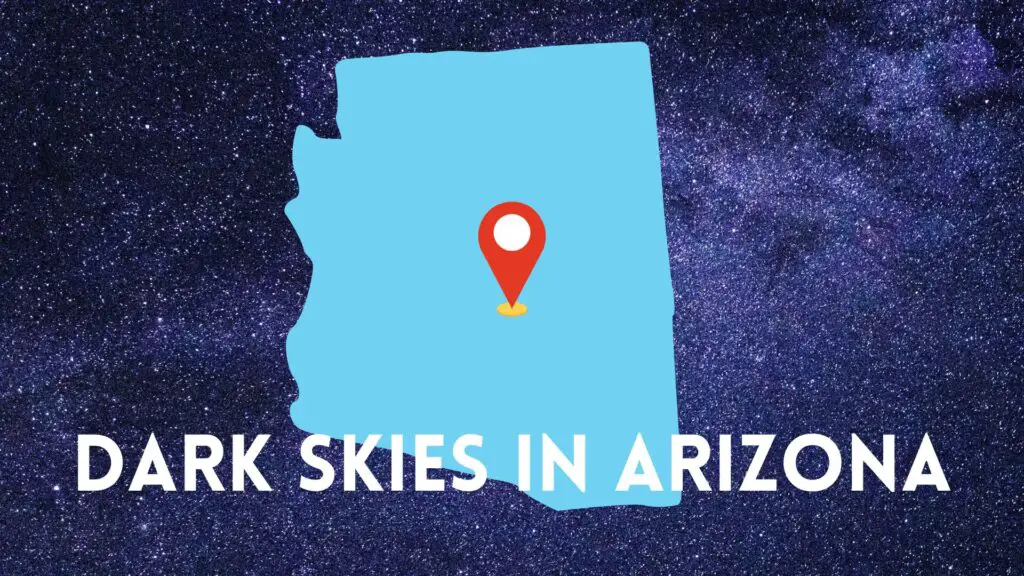
Pleasant Harbor
Less than an hour from Phoenix, Pleasant Harbor is a good place to observe if you need to stay close to the city.
There is an RV resort and a few campgrounds located in the area where you can stay if you have the gear.
This is not the darkest area in Arizona, but it is easy to get to and the amenities are nice if you are in a campground.
There are several astronomy clubs in Arizona, but no developed observing areas, so most astronomers use public land for observing, so if you need access to paved roads, bathrooms, parking lots and other comforts, this is a great spot.
San Tan Regional Park
Another site close to Phoenix is the San Tan Regional Park.
This site has a similar bortle score, but if you observe to the east you will have the Phoenix light dome is behind you.
The park is large and mountainous and it is a popular place for mountain biking, but they do host some stargazing events as well.
Mount Lemmon SkyCenter
Mount Lemmon is home to the Mount Lemmon Observatory that contains some of the largest telescopes available to the public in the southwest for visual observing.
The scopes are available by reservation only and there is a fee. The scopes are generally operated by a host who will only help you enjoy the experience more.
The observing center and visitor’s center is located on Sky Island, over 9,000 ft elevation and about an hour from Tucson.
The elevation means that the nights can get very cold even in the winter months. October to April are particularly cold and you should wear layers.
Morristown
There is a good locally known spot located 25 minutes from Bell Loop and Rt. 303. The skies in the area are bortle 3.
I do not have a lot of information about this spot, but another astronomer gave the recommendation with lots of details, so I thought I would share it here.
Portal, Arizona
Amazing dark skies can be found in Portal. The area is a bortle 1, protected dark sky area.
The community was designated by the Dark Sky Association in 2018, but has been committed to keeping the sky dark since 1989.
I recommend you find an AirBnB and plan to spend a few nights in the absolute darkness in Portal.
Located about 4 hours from Phoenix, the area is shielded from city lights by
Village of Oak Creek
Just outside Sedona, the Village of Oak Creek is an International Dark Sky Community, designated in 2014.
I love these communities because they have demonstrated significant community support for keeping the sky dark in these areas.
Arizona is recommended for astronomers who are looking to move to a dark sky area as the skies are dark but infrastructure is strong.
Dark Sky Parks In Arizona
There are 12 sites in Arizona that are classified by the International Dark Sky Association.
These areas have implemented practices to protect the dark sky and use appropriate lighting throughout the area. You can find out more about International Dark Sky Areas at the IDA website.
Grand Canyon National Park
Grand Canyon-Parashant National Monument
Kartchner Caverns State Park
Oracle State Park
Petrified Forest National Park
Sunset Crater Volcano
Tumacacori National Historical Park
Walnut Canyon National Monument
Wupatki National Monument
Tonto National Monument
Cottonwood, Arizona
Village of Oak Springs, Arizona
Fountain Hills, Arizona
Pine Springs National Monument
These 14 places have been designated as dark sky locations. Most of these locations host regular star parties and astronomy outreach events.
If you are visiting Arizona for stargazing these locations are guaranteed to provide some spectacular skies.
Dark Skies in Arizona
Arizona is a great place for stargazing and there are many BLM locations where you can camp for free as well as some established dark sky areas with amenities like bathrooms.
When visiting a dark sky location, please be ‘light polite’ by refraining from using white light and being cautious when turning on headlights.
Park away from those observing and face away from the observing site.
Use a red headlamp or red flashlight to make walking safer and easier. The red light will not disrupt your night vision in the same way white light does.

